Most of Nepal’s economy is dependent on tourism. However, almost two years after the earthquake that made the country lose 8,000 of its citizens and their network of palaces, monasteries, and temples, Nepal still seems to be on the brink of recovery. The obvious damage, to those who visit it now, is mainly in the infrastructure such as in the road network and 500-year old heritage sites. The tourist sites, if they haven’t been reduced to rubble, have multiple cracks on the exterior.
A lot of questions riddle those who want to visit the area now. Is it safe? What challenges will you encounter along the way? What can be done to prepare? The short answer is it is more than safe to visit Nepal, but like any area going through a recovery stage, there might be a couple of hiccups along the way and it is best to manage your expectations so you can maximize your experience while you are there. Nevertheless, while tangible heritage has somehow been damaged, the rich culture and ancestry of its people continue to hold steadfast. It is for these that tourists should trundle on to Nepal.
For those planning to visit this Himalayan country soon, here is a couple of things to be mindful of to prepare for your trip:
1. Prices have gone up, and that’s okay

During the height of recovery, there was a five-month, politically ignited (pardon the pun) fuel crisis. The crisis sent a lot of establishments, including restaurants and lodges especially in tourist areas like Thamel, into a downward spiral which affected their operating hours and the quality of service they gave to customers. This also caused many basic necessities to go up in price such as food, potable water, lodging with generators, and the like. While Nepal is still considered a backpacker’s paradise, prices have gone up a little compared to what it was before the earthquake. However, if you talk to any of the restaurant or lodging owners, they’ll tell you that this is simply part of recovery. They need to factor in all the indispensables that they lost, or perhaps repair damages to their infrastructure. With that said, while this may be disadvantageous in the short term, remember that you are helping a whole country recover from the worst disaster of the century.
2. Road damage will make it harder to reach some places

Trekking is a major business in all of Nepal, and many will attest that every customer helps in recovery. In Annapurna, many tour guides share that because of the perceived danger, tours that normally average at 12 tours a year (which is a lot considering each tour in the Annapurna trek is around 21 days) have now gone down to 6. However, many will be happy to know that Annapurna has come out virtually unscathed by the earthquake. The same thing cannot be said about Langtang though. The whole village was destroyed by an avalanche triggered by the quake. Prior to this though, it held some of the scariest roadways for trekkers. The Langtang Valley has hairpin turns that could easily overturn a bus. Some of these roadways are still being repaired, same as the houses in the village. However, like most inaccessible places, you’ll find that after the earthquake, Nepal has truly embraced again the term off-the-beaten-path. New trekking paths have also been made such as that in Mundu and Shyapru Besi. These may be lengthier than the old ones, however, they are also safer.
3. There’s still an electricity shortage, but all the better to see the stars

The issue about Nepal’s power outage is a long political dispute. Whatever the case, there has been hours-long blackouts implemented by the Nepal Electric Authority even two years after the earthquake. Locals have sought to buy generators and inverters to store electricity. Tourists hopped from restaurant to restaurant, trying to get away from the outage. Things have changed since then, especially in Eastern Nepal which is now receiving electricity around the clock (or at least 20 hours a day because of an industry-wide system). However, parts of Western Nepal still have scheduled blackouts for at least two hours a day. Whatever the case, the setup isn’t as bleak as it once seemed. The situation has been regulated quite well in the last year. Anyway, when you’re up in the mountains, it’ll give you a chance to go out and see the blanket of stars without any noise and light pollution. What could be better?
Loadshedding Schedule in Nepal
Website: Loadshedding Schedule in Nepal
You might be interested in these Airbnbs!
4. With modernization damaged, people are now going back to nature

When most of the civilization was damaged, it forced the tourism industry of Nepal to find more creative ways to sell the country. This led both tourists and operators to explore other areas in Nepal, such as the Terai in Southern Nepal. Compared to the North which has some of the highest peaks in the world, Southern Nepal is generally flat and great for agriculture. It is also great for wildlife-watching. Chitwan National Park, in particular, remained virtually unscathed from the earthquake. Here, you’ll now find five-star accommodations, elephant safaris, and a chance to spot the elusive one-horned rhino. Not to say that these weren’t available before the quake, but so many more people are starting to take notice of them which, down the line, is more sustainable for the tourism industry at large. Tourists should consider going to these places post-earthquake as they are decongesting most of modern Nepal, thereby allowing areas like Kathmandu and Pokhara to recover in peace.
Chitwan National Park
Address: Subarnapur 44200, Nepal
Website: Chitwan National Park
Nepal Tour Guide
Ananta Kafle
Hello there! My name is Ananta. I am a tourist guide. I have completed my master degree in Tourism Administration from Bangalore University since 2011 AD. I am a citizen of Nepal. I look after tours of UNESCO world heritage sites of Nepal. I can travel frequently to the tourist destinations of Nepal. One day trip to round trip tours are assisted by me to the travelers who would like to visit Kathmandu, Pokhara, Chitwan, Lumbini, Janakpur, Mustang district and many other places. Hindu temples and Buddhist stupas are main pilgrimage sites and medieval centuries kings courts are main historical sites in Nepal. Pokhara is famous for scenic beauty where we can find lakes including Fewa lake, Begnas lake etc. Chitwan has a national park where one horned rhinoceros, tigers and other wild life animals are found to see. Lumbini is the birth place of Gautam Buddha, he is the founder of Buddhism faith. Mount Everest is also a scenic attraction of Nepal. When you find these places on your interest to visit as tourist attraction, you may find me your the best travel provider. When there arises further assistance please free to contact me. Thank you.
Tours by Ananta
Nepal Tour Guide
Dinesh Thapa Magar
Meet Dinesh, your go-to guide for an unforgettable Nepal experience. With years of expertise, he seamlessly blends city charm with mountain thrill. Let Dinesh unveil Nepal's secrets, from vibrant streets to towering peaks, creating memories that linger far beyond the journey.
Nepal Tour Guide

Biren Choudhary
Nepal Tour Guide

Gyanendra Karki
Tours by Gyanendra
Nepal Tour Guide
Krishna Gautam
Namaskar (Hello)!Greetings from the land of discovery and adventure! I'm Krishna Gautam, a dedicated tour guide and travel planner for Nepal's breathtaking natural beauty and rich heritage of culture. I come with a Profound educational background and bring an original perspective to the journey. I received a master's degree in Rural Development and am currently pursuing an MPhil in Buddhist Studies and Yog Science at Tribhuvan University. In addition to my guiding experience, my university studies enable me to provide insightful commentary on Nepal's natural beauty and spiritual heart. With 29 years of expertise as a guide, I have been all throughout Nepal and have seen a variety of landscapes, from thrilling treks up to the basecamps of towering mountains to cultural journeys. I tailor every experience to fit your interests and schedule, whether it's taking in the colorful panorama of UNESCO World Heritage sites, going on challenging day treks, or taking all-inclusive round excursions to the most popular tourist attractions in Nepal, With so many attractions, Nepal has something to offer every kind of traveler. I promise that every second of your adventure will be full of excitement and discovery, from the busy streets of Kathmandu to the peaceful lakeside of Pokhara, from the greenery of Chitwan to the treasured birthplace of Lord Buddha in Lumbini.Some of the well-known locations I specialize in are cultural tours of Kathmandu's UNESCO World Heritage Site, as well as hidden gems that are just waiting to be discovered in Annapurna, Langtang, Manaslu, Upper Mustang, Dolpo, Ganesh Himal, Panchpokhari, Rolwaling, Solukhumbhu (the region surrounding Mount Everest), Makalu, and Kanchenjunga. My first priority are your comfort and happiness, and I take great pride in creating customized itineraries that meet your goals and interests. Whether you are looking for peaceful moments of reflection in the middle of nature, I can create a unique experience just for you.Allow me to serve as your guide as you set off on a wonderful adventure to discover the wonders and mysteries of Nepal's breathtaking landscape and deep cultural legacy. Let us together make some memories.I'm excited to plan your journey on this amazing journey just for you!Thank you!
5. Be patient while some heritage structures are being rebuilt

While most of Nepal is ready to take in tourists again, even going so far as to build climate and disaster-resilient structures through the aid of international organizations, there are still a couple of key areas that are in transition. Boudhanath, the world’s biggest stupa in Kathmandu, still has some parts that are still in the middle rebuilding. The same goes for other areas in Thamel, Pokhara and Bhaktapur. Be patient. Know that while you may not be able to enter some of these UNESCO World Heritage sites, you are sustaining today’s generation so they can go ahead and help the others recover.
Visit Nepal now
The message is clear. Nepal is open for business. The government urges that trekkers especially visit Nepal again sooner rather than later. Everyone is optimistic that in a couple of years, the effect of the earthquake on tourism will be nothing but a bad dream. Make that happen sooner rather than later.
History
Get Trip101 in your inbox
Unsubscribe in one click. See our Privacy Policy for more information on how we use your data






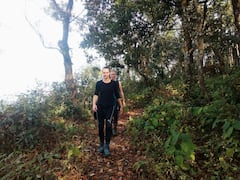
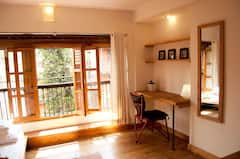

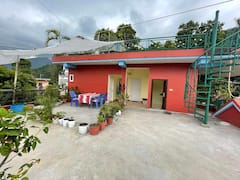
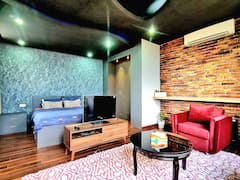
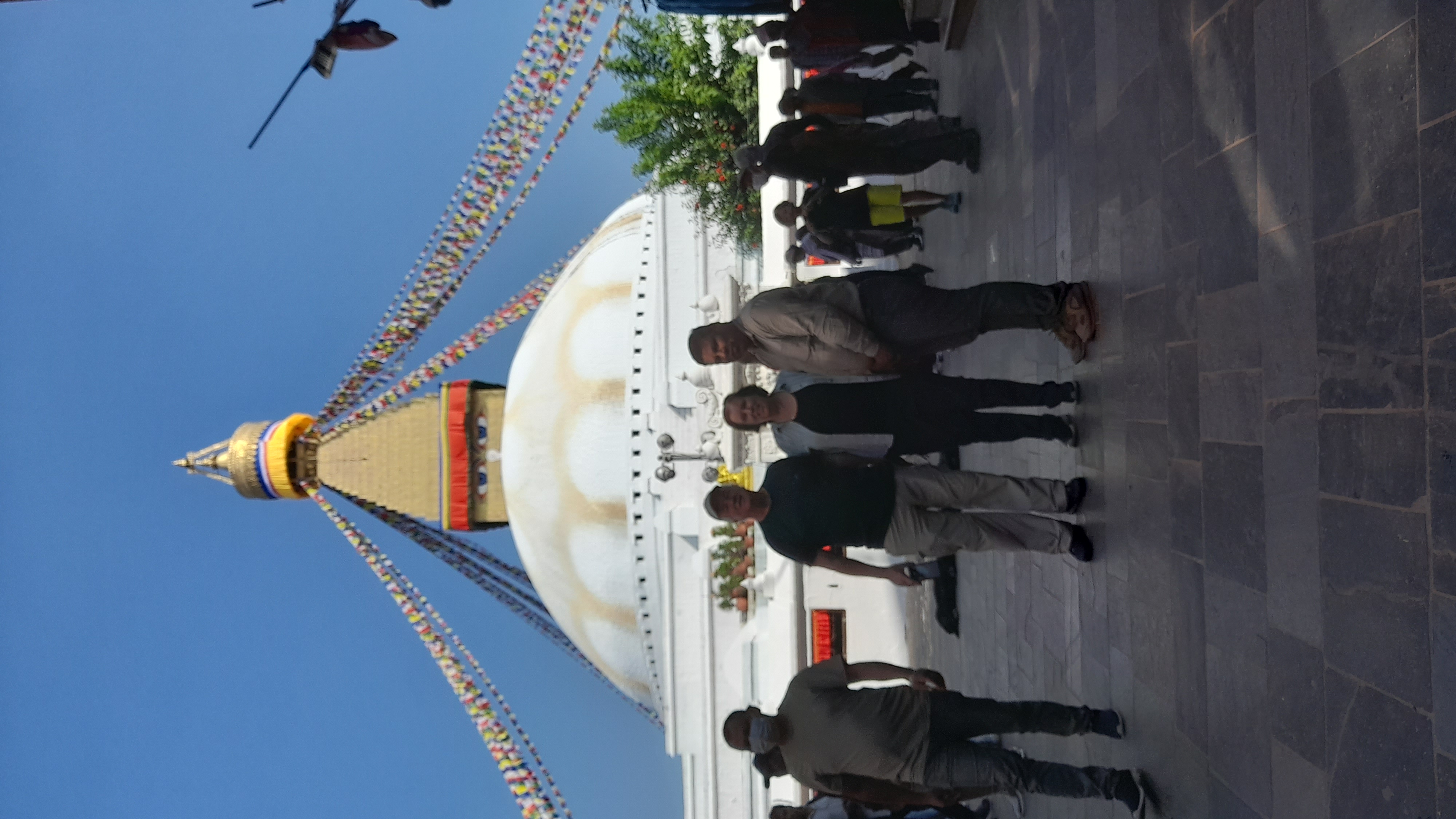











Create an account to